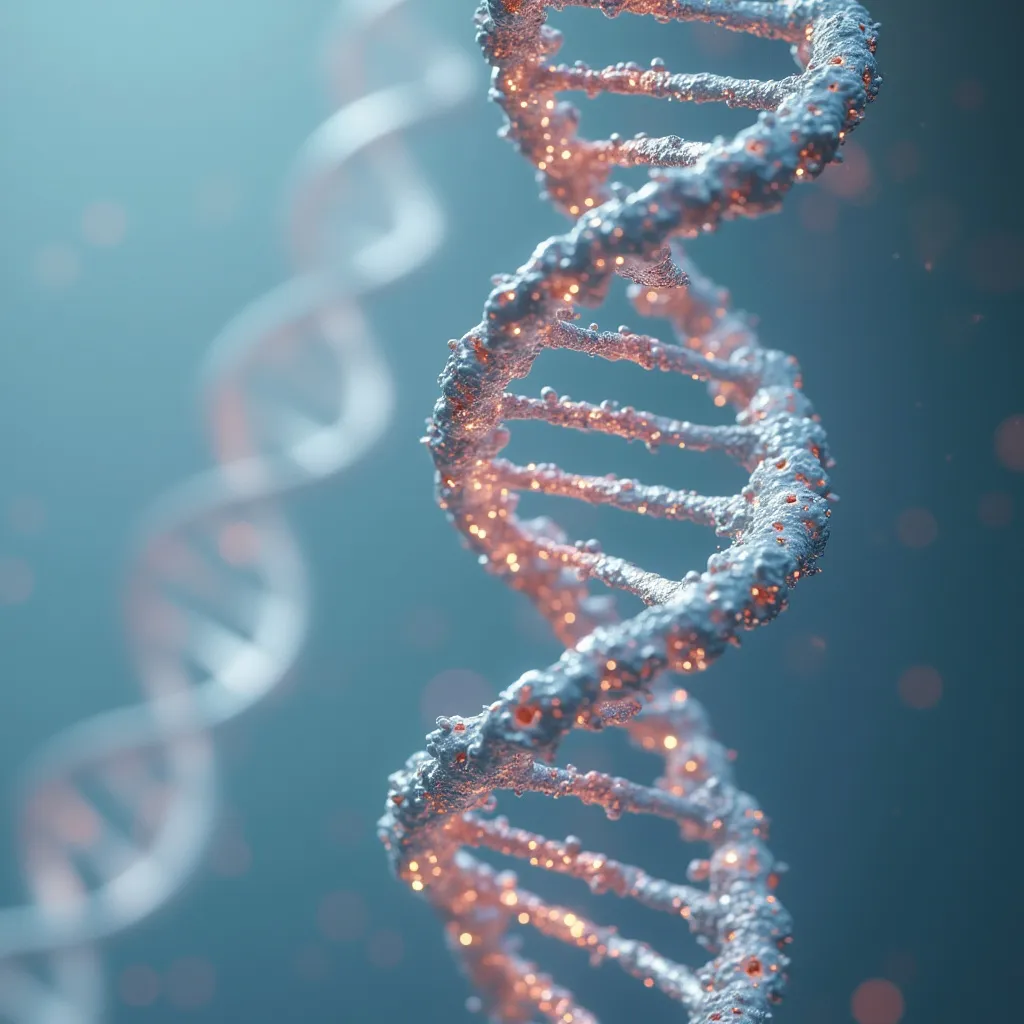Understanding 23andme Reference Populations
23andme reference populations play a pivotal role in providing users with insights into their genetic ancestry. When users take a DNA test with 23andme, they receive information about their ancestral origins based on genetic markers. This article delves into the details of 23andme reference populations, how they work, and how they contribute to ancestry analysis.
What Are Reference Populations
Reference populations are groups of people with known ancestry whose genetic data serves as a baseline for DNA test analyses. These groups represent specific geographical regions and ethnicities. DNA testing companies like 23andme compare a user's DNA to these reference populations to estimate their genetic ancestry. Other services, like ChatDNA, use ancestry results from 23andme and similar companies to offer further health and wellness insights.
How 23andme Chooses Reference Populations
23andme's reference populations are selected based on extensive genetic research involving individuals with deep roots in specific regions. The goal is to represent a wide range of global ancestries as accurately as possible. This includes data from public databases, partnerships with research institutions, and contributions from 23andme customers who have consented to participate in research. Over time, as more people participate and contribute their data, the accuracy and coverage of reference populations improve.
The Role of Genetic Markers
A key element of reference populations is the use of genetic markers. Genetic markers are sequences in the DNA that vary between individuals and carry information about ancestry. 23andme examines these markers and compares them with those in its database to find matches with reference populations. The more markers that match with a particular reference group, the higher the likelihood that part of a user's ancestry comes from that region.
Geographic and Ethnic Diversity in Reference Populations
One unique aspect of 23andme's approach is its emphasis on capturing both geographic and ethnic diversity. The company divides the globe into multiple regions, accounting for different ethnic groups within those areas. This allows for a more nuanced understanding of ancestry and can even trace smaller migrations and population splits. This level of detail is crucial, as historical movements and migrations have contributed to diverse genetic mixtures worldwide.
Interpreting Results Based on Reference Populations
When users receive their results from 23andme, they see estimates of their percentage of DNA that matches various reference populations. It's important to interpret these results as estimates rather than definitive truths. Reference populations provide probabilities, not certainties, about ancestral origins. It's possible for two siblings to receive slightly different results due to the random nature of genetic inheritance.
Impact of Evolving Reference Populations
As genetic research evolves, so too do reference populations. New data and improved algorithms lead to updates in the ancestry reports provided by 23andme. Users may notice changes in their ancestry estimates over time, which reflect these advancements. Regular updates ensure that the information remains as accurate and meaningful as possible.
Exploring Beyond Ancestry
For those interested in a broader understanding of their genetic data beyond ancestry, there are other services like ChatDNA. While primarily focusing on health and wellness insights, platforms like ChatDNA complement the information gained from 23andme's ancestry reports, offering users a comprehensive look at their genetic blueprint.
Conclusion
23andme's reference populations serve as a foundation for understanding genetic ancestry. By comparing users' DNA with these populations, 23andme provides insight into ancestral origins. As research progress continues, the company's reference populations and the associated findings continue to evolve, offering users a dynamic and ongoing understanding of their genetic heritage. This information is part of a broader tapestry that helps individuals explore their past, present, and future through the lens of their DNA.
What is ChatDNA?
ChatDNA can analyze your DNA to answer any question. When you ask a question it will provide clear explanations and meaningful insights about who you are at a genetic level.
You can import existing DNA results from all major services like 23andMe and AncestryDNA or purchase a new DNA test kit through ChatDNA.
ChatDNA is especially valuable for anyone interested in:
- Understanding how their genes influence health and wellness
- Learning about their unique genetic traits
- Discovering personalized insights about their biological characteristics
- Getting clear, conversational answers to their DNA-related questions
Ready to get answers about your DNA? Visit ChatDNA.co to get started.
